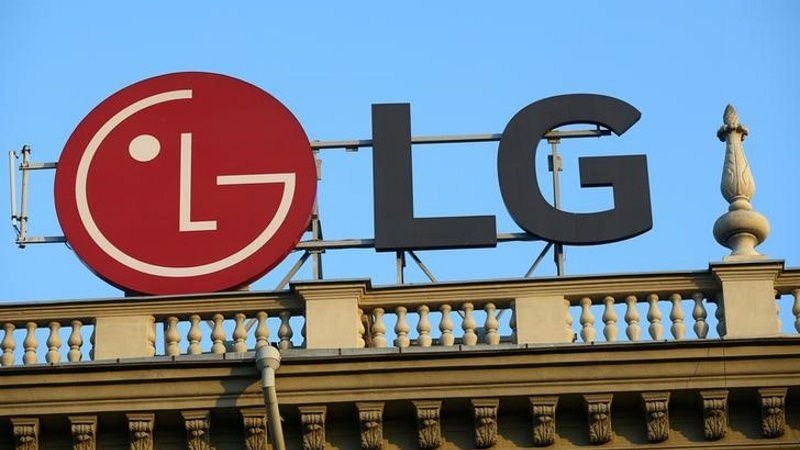
LG Electronics Inc on Thursday said continued losses in its mobile unit limited growth in second-quarter profit to 13.6 percent, as the firm prepares to release a handset in the third quarter that it hopes will turn the tide.
The South Korean firm said operating profit reached KRW 664 billion ($597 million or roughly Rs. 3,828 crores) in April-June, in line with its estimate earlier in July. Revenue rose 3.9 percent to KRW 14.6 trillion, also in line with its estimate.
“We will strengthen our market dominance through expanding our premium home appliance lineup in the third quarter,” it said in an earnings statement.
LG’s share price fell 2.1 percent on Thursday, compared with a 0.4 percent rise in the Kospi benchmark index.
LG’s earnings will likely fall in the second half of 2017 compared with the first as its appliances business enters a traditional off-season, analysts said. On-year growth is still likely, however, as LG continues to boost sales of high-end home appliances and TV products with wider profit margins, they said.
But views are divided on whether the mobile division can narrow losses with a high-end handset debuting in late August.
“We believe the smartphone business needs a fundamental change in strategy,” analyst John Park at Daishin Securities wrote in a research note.
“The company’s strategic model going against Apple Inc’s iPhone 8 and Samsung Electronics’ Galaxy Note 8 in the second half of 2017 is expected to fall short, making it difficult for mobile revenue growth.”
The firm’s mobile division reported a KRW 132 billion loss, its ninth consecutive quarterly loss, hit by lacklustre sales of its flagship G6 smartphone.
LG’s appliance division reported operating profit of KRW 466 billion, steadied by brisk sales for high-end products such as washing machines and refrigerators, as well as lower costs of materials used commonly among its products, analysts said.
LG, the world’s second-biggest television set maker behind Samsung Electronics, said its TV business booked a KRW 343 billion profit, as higher panel costs were offset by growing demand for up-market sets such as organic light-emitting diode (OLED) panel TVs that offer bigger margins.
[“Source-gadgets.ndtv”]










